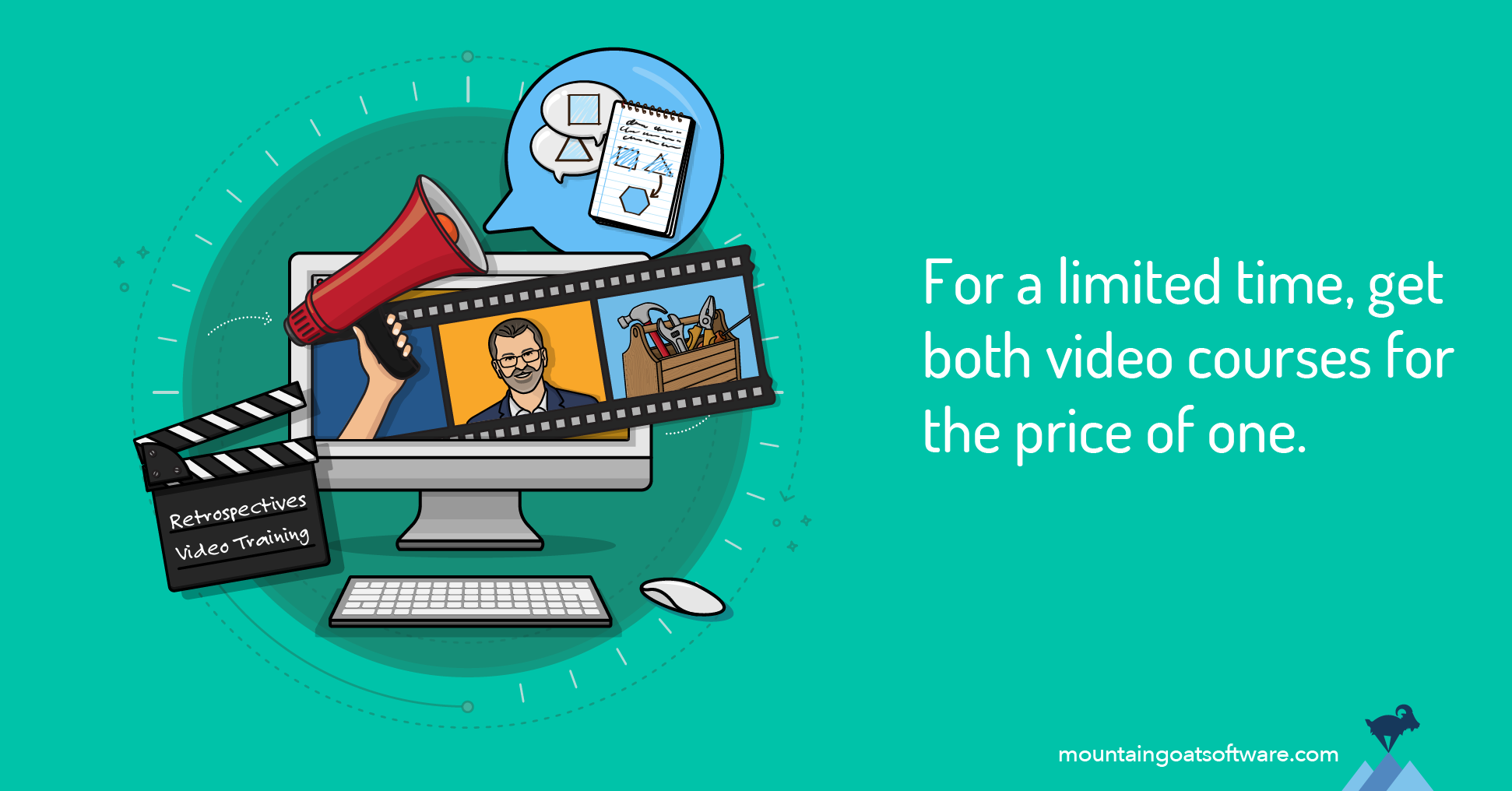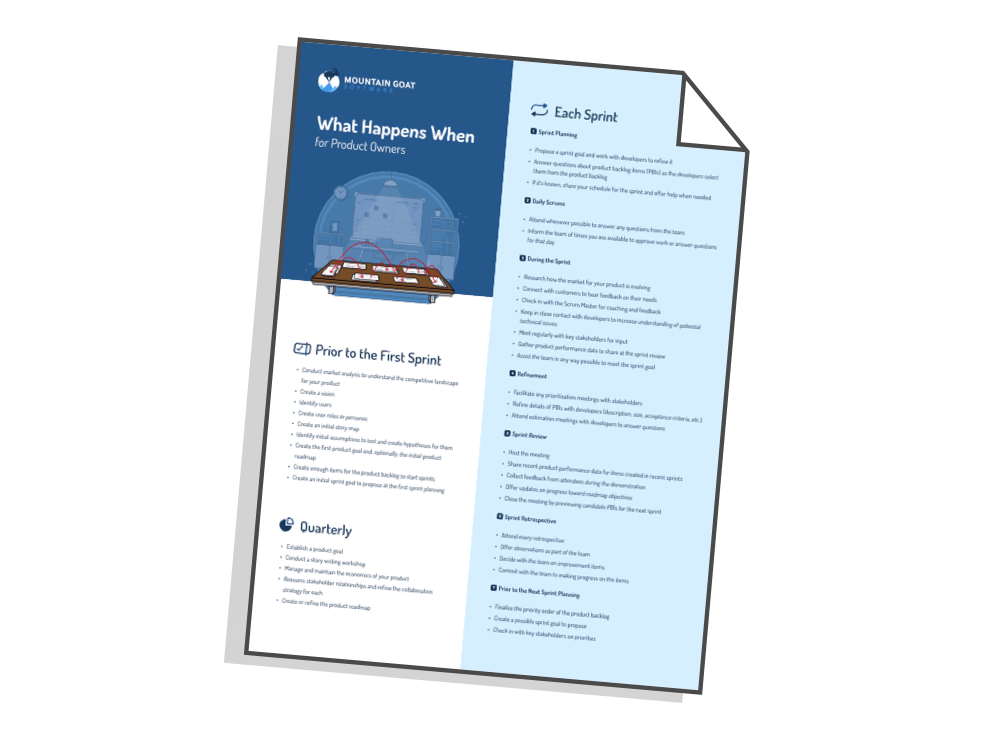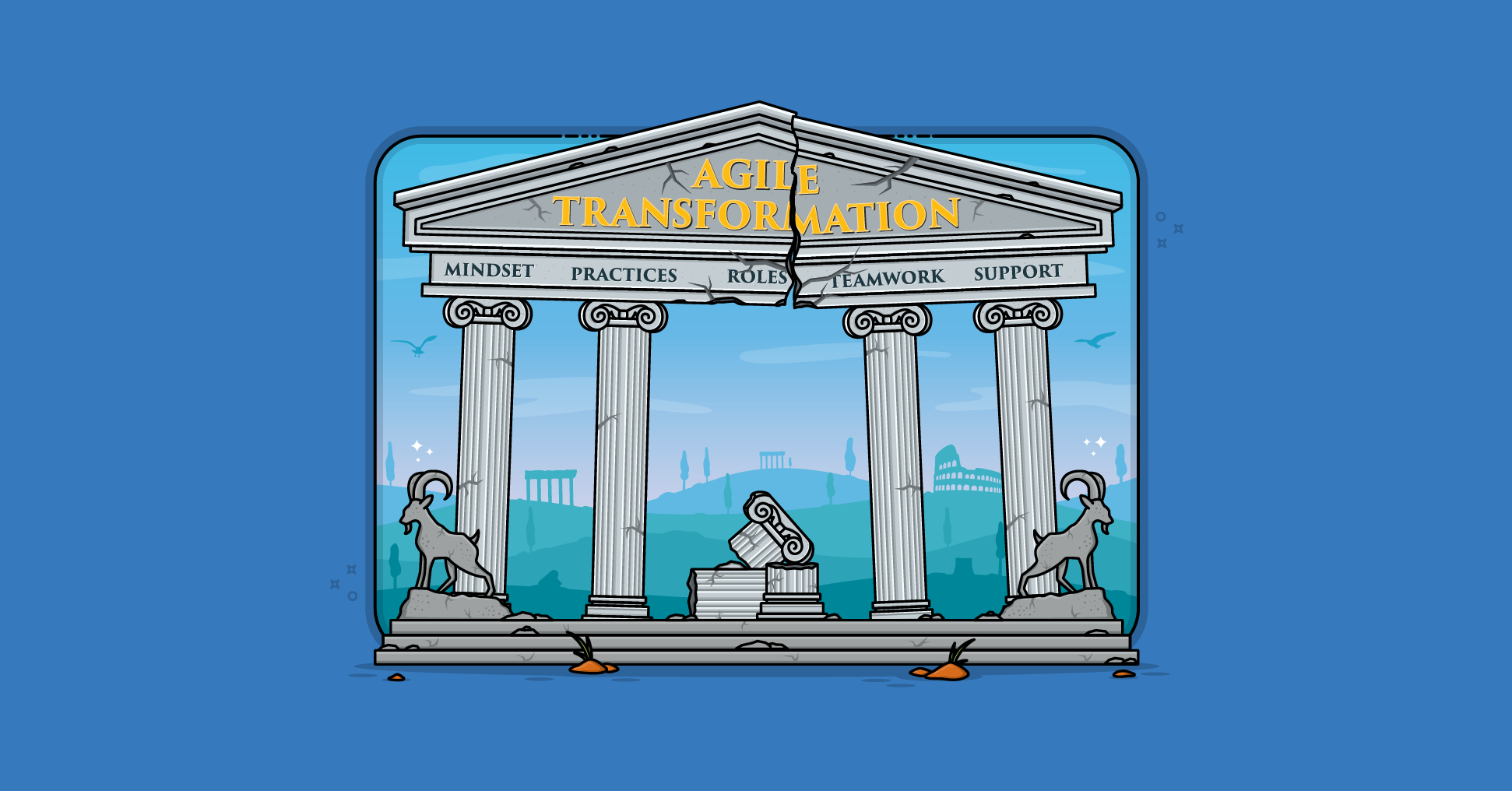For countless teams, sprint retrospectives have become one more calendar invite no one looks forward to.
Instead of energizing the team, these teams' retros leave people deflated.
Instead of surfacing insights, these teams' retrospectives rehash the same problems in a game of blame.
And instead of driving change, these teams' retrospectives become a repetitive ritual that feels pointless.
Signs Your Retrospective Isn't Working
Sound like your team? You aren't alone. I've heard some version of these frustrations in too many agile teams to count.
When I observe a retrospective, it goes something like this.
The team files into the retro, virtual or in-person, and the facilitator asks the familiar questions: What went well? What didn’t? There’s a long pause. Some people speak up (often the same dominant voices) while others stare at the floor or their camera.
The conversation limps along.
The issues that emerge are surface-level: "Communication could be better" or "We had too much work in progress." Everyone nods. Someone dutifully records action items. But by the next sprint, no one remembers what the action items even were.
Meanwhile, bigger topics—real blockers, interpersonal tensions, systemic problems—stay buried because no one feels safe enough, or motivated enough, to raise them.
And it’s not that Scrum Masters and agile leaders are ignoring this cycle, in my experience they are trying to fix things, for example:
- They tweak the template (Let’s try Start/Stop/Continue this time).
- They prompt team members to participate (Please, everyone share one thing).
- Or they scale the meeting back because "we’re a mature team now"—a quiet way of admitting the retro feels like a waste of time.
And yet, the problem remains. Teams get stuck. Problems fester. Morale dips. Continuous improvement grinds to a halt.
Why “Changing the Template” Doesn’t Change the Outcome
Retrospectives don’t fail because you’re using the wrong format—often they fail because the purpose of the meeting has been lost.
The retrospective isn’t just a discussion about the last sprint. It’s the heart of team improvement—where small, incremental changes are born.
When done right, retrospectives:
- Surface meaningful insights (not just gripes)
- Create a space safe enough for honesty
- Lead to specific, immediate action
- Make the team feel stronger, more connected, and more capable every sprint
That doesn’t happen by accident. It takes skillful facilitation, intentional design, and a deep understanding of how humans (not just frameworks) work.
The good news? You don’t have to figure it out on your own. Mountain Goat Software has two on-demand video courses to help you eliminate your retrospectiev issues for good.
Course 1: Better Retrospectives
Most teams know what a retrospective is. What they’re missing is how to design one that actually delivers value every time. The Better Retrospectives on-demand video course is your blueprint.
You'll learn:
- Why retros are like Formula 1 pit stops—and how teams lose their edge without them
- How to move beyond templates and design retrospectives that resonate with your team
- Facilitation skills to turn passive attendees into active participants—even your quietest teammates
- How to adapt formats, draw out deeper insights, and create psychological safety (the hidden factor that makes or breaks every retro)
From the Derby & Larsen five-stage framework to creative formats like TRIZ and Three Little Pigs, this course shows you exactly how to craft retros that your team actually looks forward to.
Course 2: The Retrospectives Repair Guide
Even with the right framework, retrospectives will hit roadblocks. Quiet teams. Recurring problems. Action items that vanish. That’s where the Retrospectives Repair Guide course comes in.
Think of it as your troubleshooting manual—designed to help you diagnose and fix the real problems teams face in retros.
You’ll tackle questions like:
- What do I do when my team is too quiet, and it’s always the same two people talking?
- How do I dig deeper when the team stays surface-level and nothing ever changes?
- What if the real problems are outside our control—processes, legacy systems, other teams?
- What if the team thinks we’re "done" improving?
Through expert strategies, examples, and practical fixes, you’ll learn how to:
- Build psychological safety (going beyond icebreakers)
- Move from problems to real, achievable actions (and track them!)
- Keep remote retrospectives as engaging as in-person ones
- Experiment with formats to stay fresh, relevant, and valuable
This is the course that helps you rescue retros when they’ve lost their way—and ensure they deliver the impact they’re meant to.
Stop Waiting. Start Working Better.
Retrospectives are the heartbeat of continuous improvement. When they work, everything gets better—communication, morale, delivery, quality.
When they don’t, teams stall. Small issues turn into big ones. People disengage. Performance plateaus.
You don’t need another retro template. You need the skills, tools, and strategies to make retrospectives the most important, valuable hour your team spends together.
That’s what these two video courses deliver.
- Better Retrospectives gives you the framework to get retros right from the start.
- The Retrospectives Repair Guide gives you the tools to fix what’s broken when things go off the rails.
Don’t waste another sprint stuck in a cycle of disengaged, ineffective retros. Let’s fix this—for good.
Last update: June 23rd, 2025





